Ever since they started appearing in kids’ lives in the 1970s, video games have caused controversy. Many grownups fret that video games keep kids glued to the screen instead of setting up a board game, heading outside to play ball, or engaging in other forms of more traditional play (click here for a great demonstration of this view).It’s true that children are spending more time playing video games. A recent study from the Pew Foundation, for example, documents that both boys and girls are spending a lot of time playing video games.
While there’s been plenty written about the benefits and drawbacks of video games, what I’ve been more interested in lately is spotting continuities in how people play with non-electronic and electronic toys and games. Sometimes, such as when we play solitaire, the play is quite literally the same on a PC as it is with a deck of cards. But what I find more interesting are times when the games are not the same, but the play essentially is.
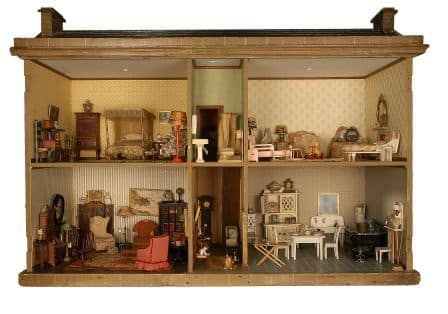 Consider doll play. Strong National Museum of Play has an amazing collection of dolls and doll houses. Victorian dollhouses are marvels of miniature elegance, decorated with wallpaper, chandeliers, furniture, and the bric-a-brac and knick-knacks so loved during that era. For much of American history, dolls
Consider doll play. Strong National Museum of Play has an amazing collection of dolls and doll houses. Victorian dollhouses are marvels of miniature elegance, decorated with wallpaper, chandeliers, furniture, and the bric-a-brac and knick-knacks so loved during that era. For much of American history, dolls 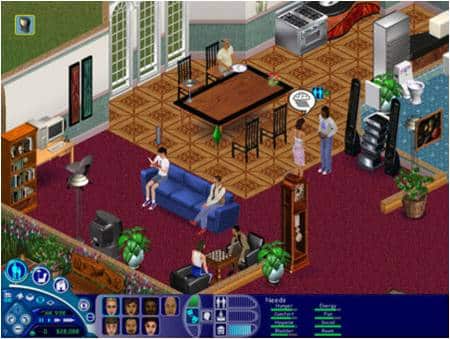 and dollhouses were many girls’ favorite playthings. Yet today, far fewer girls play with dolls, or at least they stop playing with them sooner. The average age when girls stop playing with Barbie, for example, has declined from 11 to 6 according to Playthings magazine. And yet, when we look closer at how children are playing we see that despite declines in doll sales, girls are still very interested in doll play. What is the most popular computer game for girls? The Sims! This game, the best selling PC game of all time, lets players control the lives of their characters, design their houses, and pick their clothes. Doll play hasn’t died, it’s just going digital. (Or in the case of WebKinz exists physically and digitally simultaneously.)
and dollhouses were many girls’ favorite playthings. Yet today, far fewer girls play with dolls, or at least they stop playing with them sooner. The average age when girls stop playing with Barbie, for example, has declined from 11 to 6 according to Playthings magazine. And yet, when we look closer at how children are playing we see that despite declines in doll sales, girls are still very interested in doll play. What is the most popular computer game for girls? The Sims! This game, the best selling PC game of all time, lets players control the lives of their characters, design their houses, and pick their clothes. Doll play hasn’t died, it’s just going digital. (Or in the case of WebKinz exists physically and digitally simultaneously.)
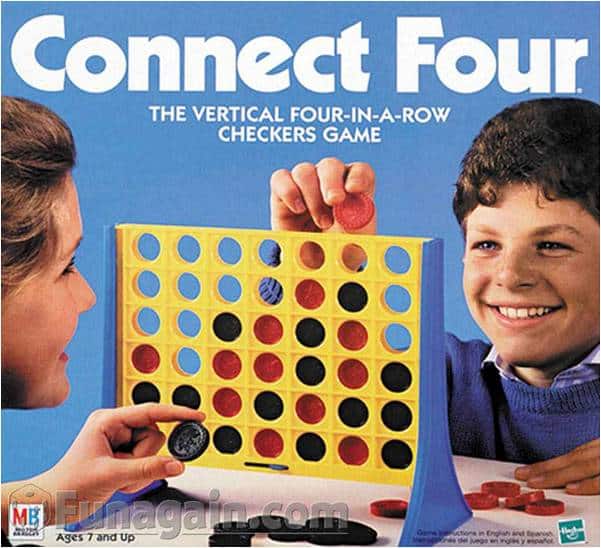 The same is true of other types of play. Kids love to dress up and role play. When one of my sons picks up a plastic sword, he’s transformed into a MIGHTY WARRIOR, ready to vanquish all monsters. Hmmm, sounds a lot like
The same is true of other types of play. Kids love to dress up and role play. When one of my sons picks up a plastic sword, he’s transformed into a MIGHTY WARRIOR, ready to vanquish all monsters. Hmmm, sounds a lot like 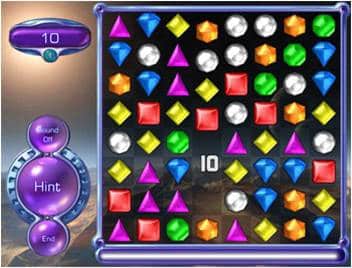 World of Warcraft, Runescape, Fable, or any of the other popular computer role playing games. Other types of play also carry over from the physical to the digital world. Ever played Connect 4? Then you might enjoy Bejeweled. Have a passion for setting up toy soldiers? Try Age of Empires. Like playing baseball?
World of Warcraft, Runescape, Fable, or any of the other popular computer role playing games. Other types of play also carry over from the physical to the digital world. Ever played Connect 4? Then you might enjoy Bejeweled. Have a passion for setting up toy soldiers? Try Age of Empires. Like playing baseball? 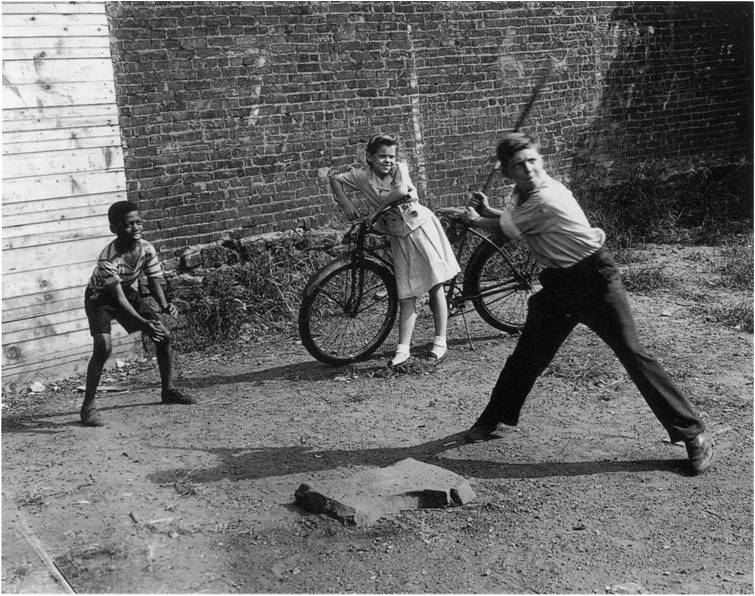 Take a swing at Wii Sports.
Take a swing at Wii Sports.
Toy industry analysts often lament that kids are “getting older younger,” that they’re not playing with traditional toys for as long as they used to. But when we look at it from a play angle rather than a toy angle, that’s not what’s going on. In fact, it’s the exact opposite! 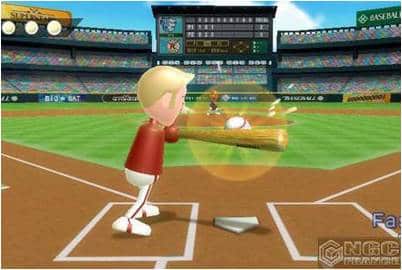 People are playing longer into their adulthoods, often in exactly the same ways they’ve always played. Doll play, role play, ball play, puzzle play—they’re all alive and well…in digital form!
People are playing longer into their adulthoods, often in exactly the same ways they’ve always played. Doll play, role play, ball play, puzzle play—they’re all alive and well…in digital form!
By Jon-Paul Dyson, Director, International Center for the History of Electronic Games and Vice President for Exhibits



